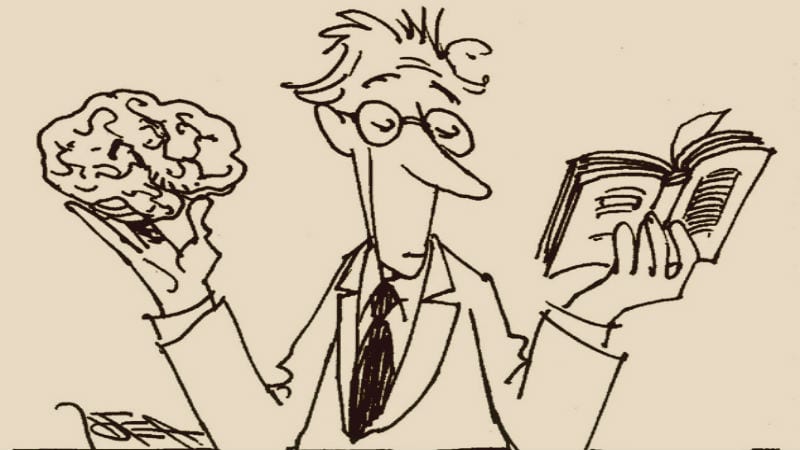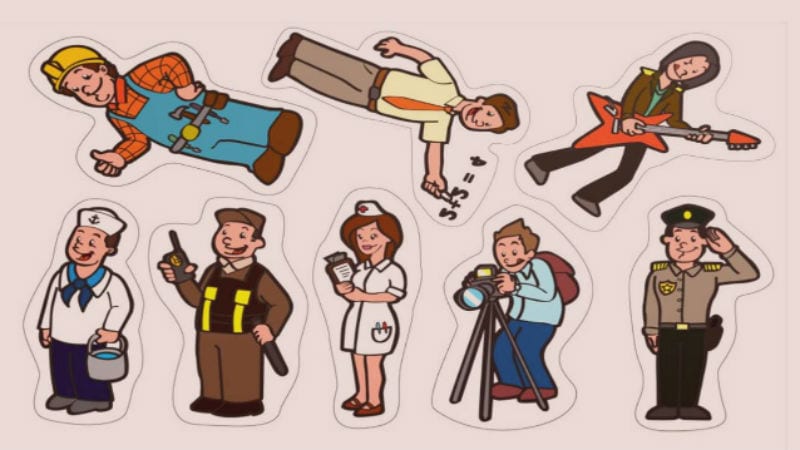From the time that man began to venture into the field of knowledge, it became necessary for him to begin to implement and introduce into the language a kind of new specific terms that made reference to topics related to branches of science in particular. So that, as the investigations were deeper and more complicated, these technical words would designate a specific meaning for each topic in the area of knowledge, both scientific, medical and technological, but also include any area that deals with an exclusive topic like gastronomy. Being very useful in the present, since are applied in all careers and professional fields. Let's learn a little more about technicalities, a phenomenon that has produced so many changes since its inception.
Definition of technicality

The term is called technicalities, as a parameter used in the professional world, referring to technical aspects, associated with applied knowledge and the scientific method. They are terminologies of science, art profession and other trades, which form a set of essential tools for current development.
Etymology of the term
The term technicalities comes from Latin "Technicus”And from the Greek "Technikós"Which means technique or art, and the suffix" ism "which means system or doctrine. What he means, in short technical terms, is a word that refers to a doctrine of art to refer to specific terms, where art requires a particular technique for its perfect execution.
History of technicalities
The term had initial connotations in the Renaissance times where it is represented mainly through artistic, philosophical and political works. Later with the invention of technology, these words were used in the first mechanical analysis. Where the author Thomas Hobbes, in the seventeenth century, carried out his study, using mechanical methods and models.
In the nineteenth century, technical thinking influenced two of the most important currents of the time, Marxism and positivism. Then in the twentieth century, be part of innumerable advances, in all fields of knowledge, represented by technology, science fiction, currents of scientific thought that have served as a tool to answer questions, which were previously covered by other branches without scientific bases.
Structures of technicalities:
Like the term in general, most of the technicalities have their origin in Latin or Ancient Greek. They are prefixes or suffixes, used according to the specialty of art, science or profession. They are usually made up of one word or more, if the The term is very long and is usually abbreviated, although they are commonly single words with roots, which is the part that contains their fundamental meaning.
Importance
The technicalities are of great importance in any area of study and for any professional career, they are a tool that serves to make a certain idea understandable and delimit the meaning in a specific area of knowledge. Thus, allowing experts in a topic to communicate with each other, and also transfer information verbally or in writing in a more direct way.
Application
They are generally used in newsrooms, where the writer knows that the reader is capable of handling the specific topic, they are usually found in publications such as magazines, newspapers, scientific articles, forums and class articles. They are also widely used in specific areas of knowledge such as: medicine, technology, law, economics, marketing, administration, gastronomy, and more.
Examples
This phenomenon produces many variants in the language of professions and techniques, where the same word can have different meanings and uses, which means that the same word can have a different concept depending on the scientific point of view of which it is part. The following can be considered:
- The word glass:
In medicine, spleen refers to a bisect characteristic of vertebrate animals,
In literature, I base is a verb that is conjugated in the first person and means to support one thing in another
In kitchen, glass It is the name given to the utensil for drinking liquids, it can be made of plastic or glass, with a cylindrical shape.
- The word eco:
In medicine It refers to a process that is carried out using a clinical device called an ecosonogram, which has the function of showing the internal parts of the body. But the response sound that is generated when speaking in a closed and empty space is also called an echo.
- The for word Window:
In computing The word window is used to describe a portal that opens showing a web page, but it can also be used to describe the glass or wooden boxes that are placed in houses or apartments in order to allow lighting to enter.
Technicalities used according to the area

Medicine: Gynecologist, cardiologist, urologist, obstetrician, anemia, spleen, intestine, heart, urethra, x-ray, echo, endoscopy, electrocardiogram, arteries, acquired immunodeficiency syndrome (AIDS), human immunodeficiency virus (HIV), infection, pandemic, epidemic, quarantine.
Administration: Cost, balance, organization, embezzlement, sale, capital, planning, accounting, rate, expenses, investment.
Straight: Lawyer, judge, jury, court, law, witness, guilty, crime, office, verdict, deliberate, accused, sentence.
Technology: Phone, hardware, software, computer, machine, operating system, microchip, web, platform, interface, android, hybrid, internet, virus, computing. Robot, artificial intelligence.